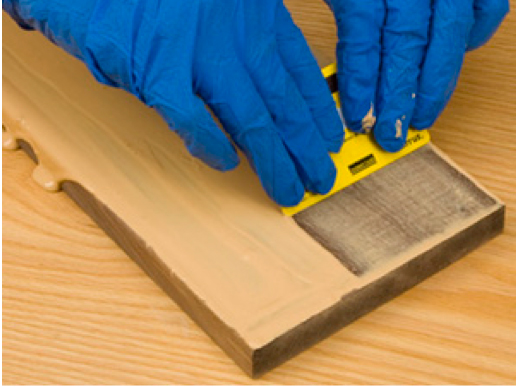
I read an article by Bob Flexner that said you should put a sealer coat on before your grain filler. I have always put mine on while the wood is raw. Has anyone done it this way and how successful was it?
Michael Dresdner: For the New Year, let’s declare a moratorium on the word “should” — at least as far as finishing is concerned. There are many right ways to do each job, and your question describes two of them.
It is proper to put filler onto raw wood, and it is proper to put filler over sealed wood. If the filler is colored (and most are), you will get two different color effects depending on which you do.
When you put colored filler on raw wood, the filler acts as a stain as well as a filler. Hence, you get stained wood and colored pores.
When you put colored filler over sealed wood, the wood does not get stained. Instead, the background wood stays the same color, and only the pores get colored. Many folks prefer this look as it has more contrast and depth, but it is after all, simply a matter of taste.
There is one other advantage to filling after sealing the wood: the filler comes off more easily when you wipe it, and when you sand it the next day.
That said, there is one situation that can be a problem. In rare cases, oil based pore filler applied to mahogany can form gray pores several months down the road after the finish is cured. This only happens with oil based filler (not waterbased) and only on mahogany, and only rarely. For that situation, it is safer to seal the mahogany before applying the filler.







